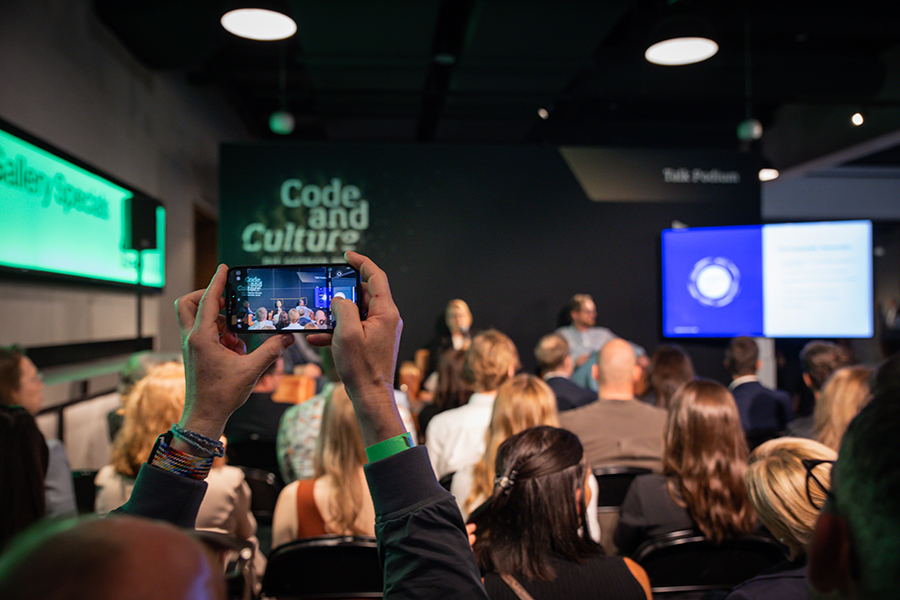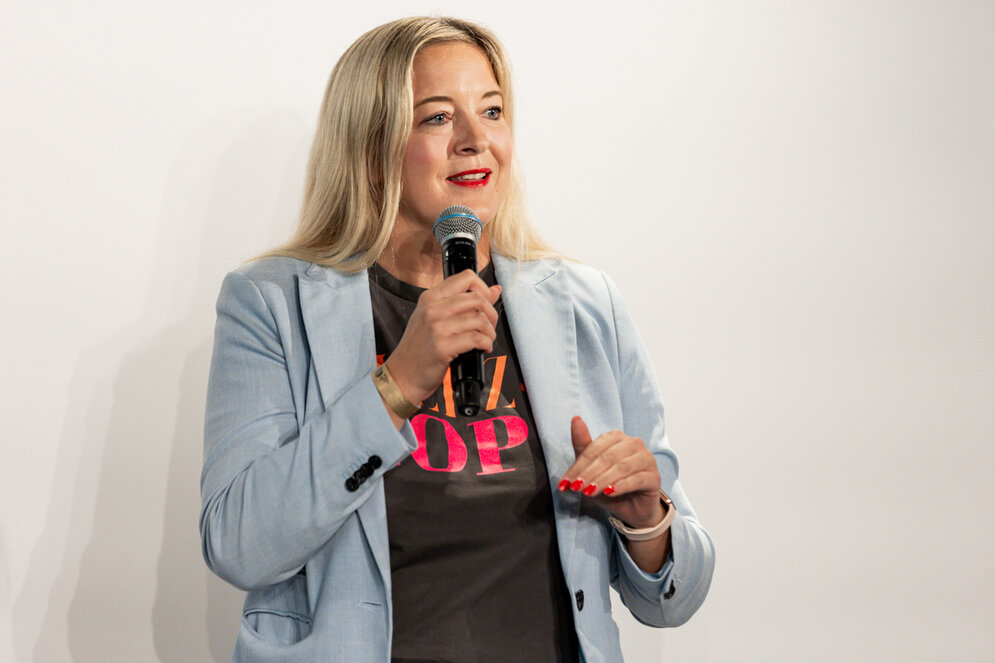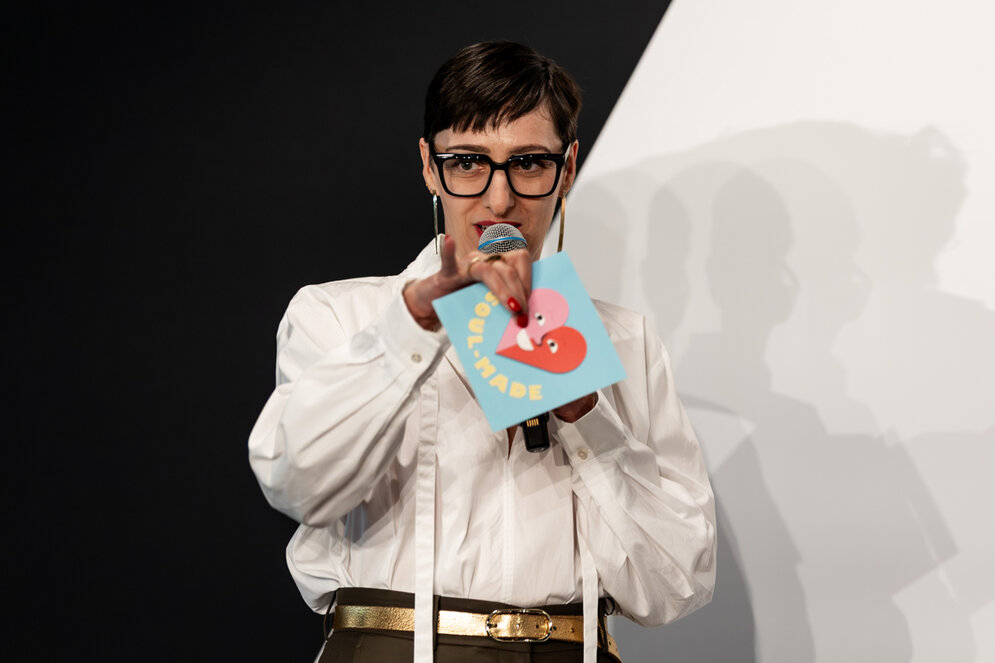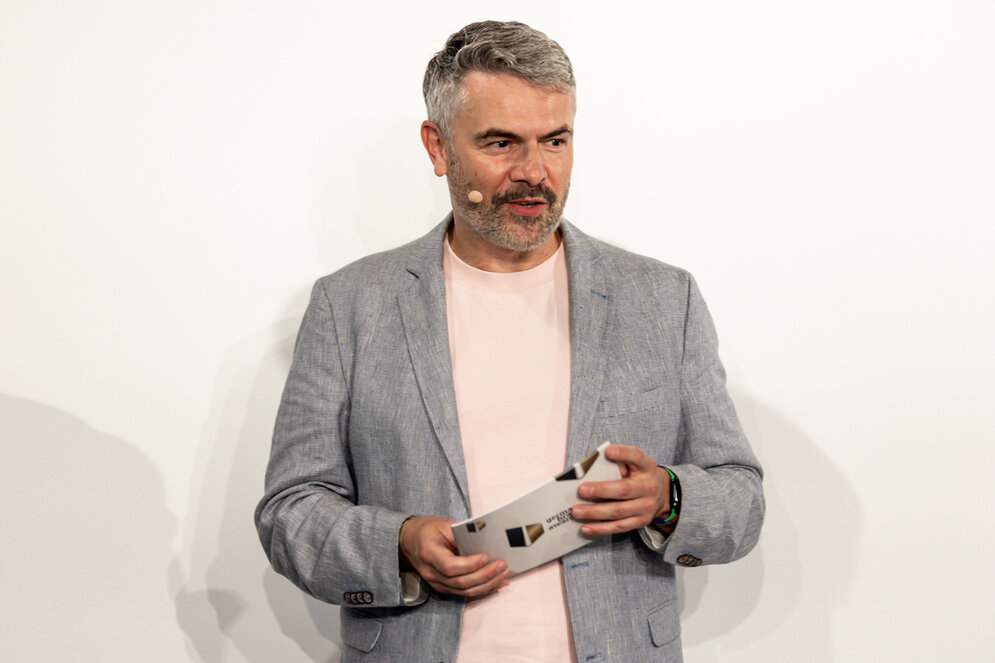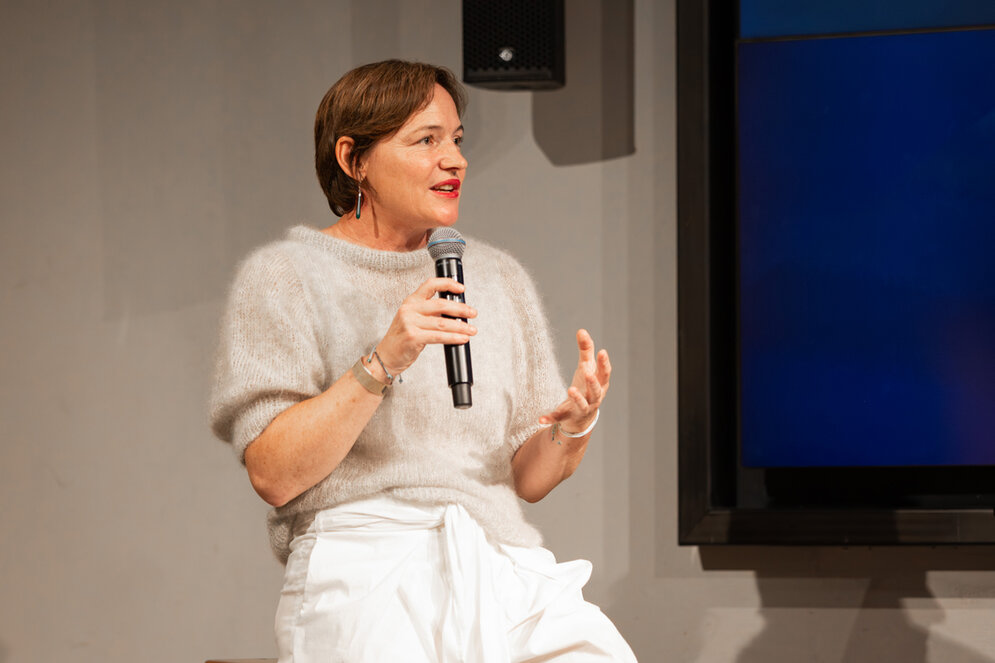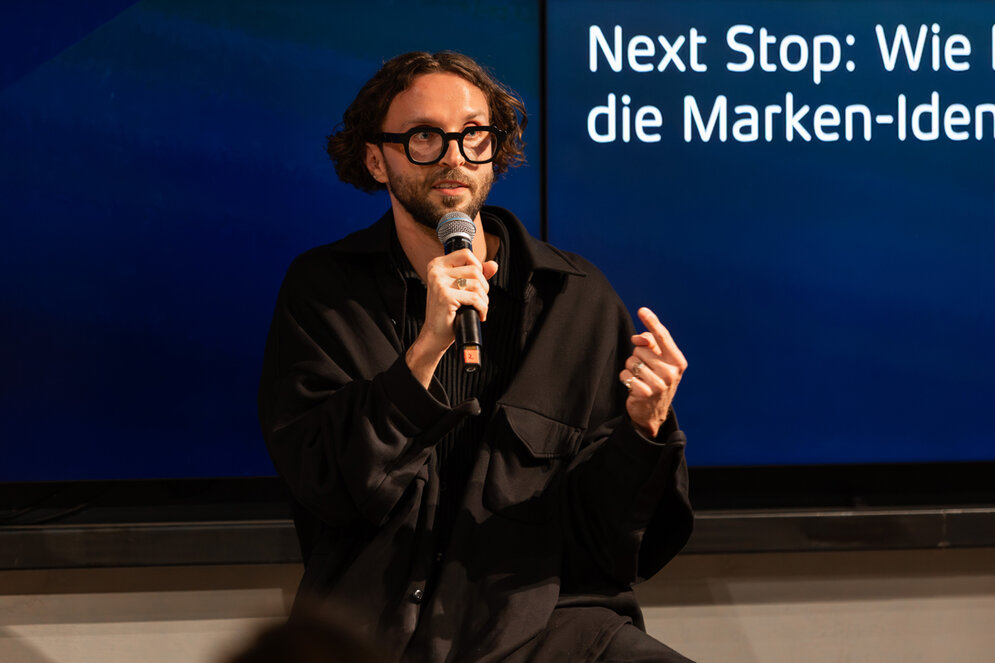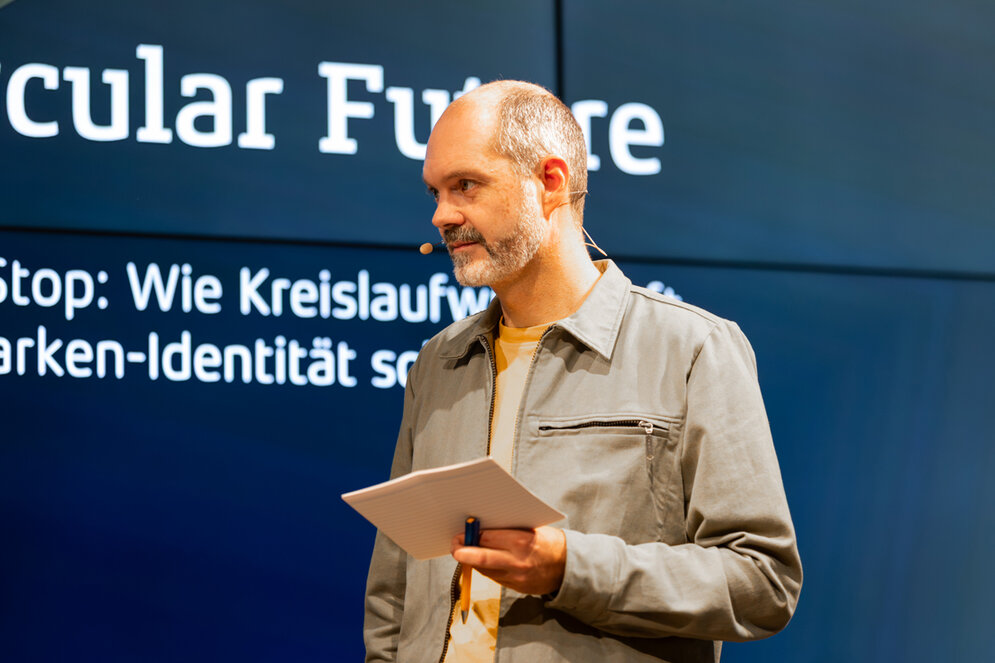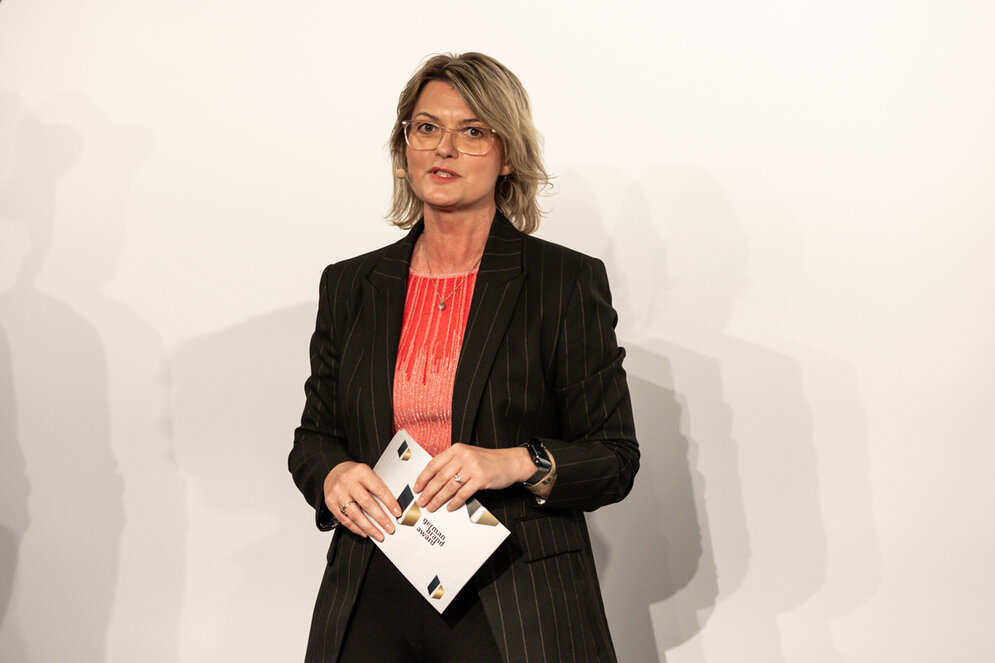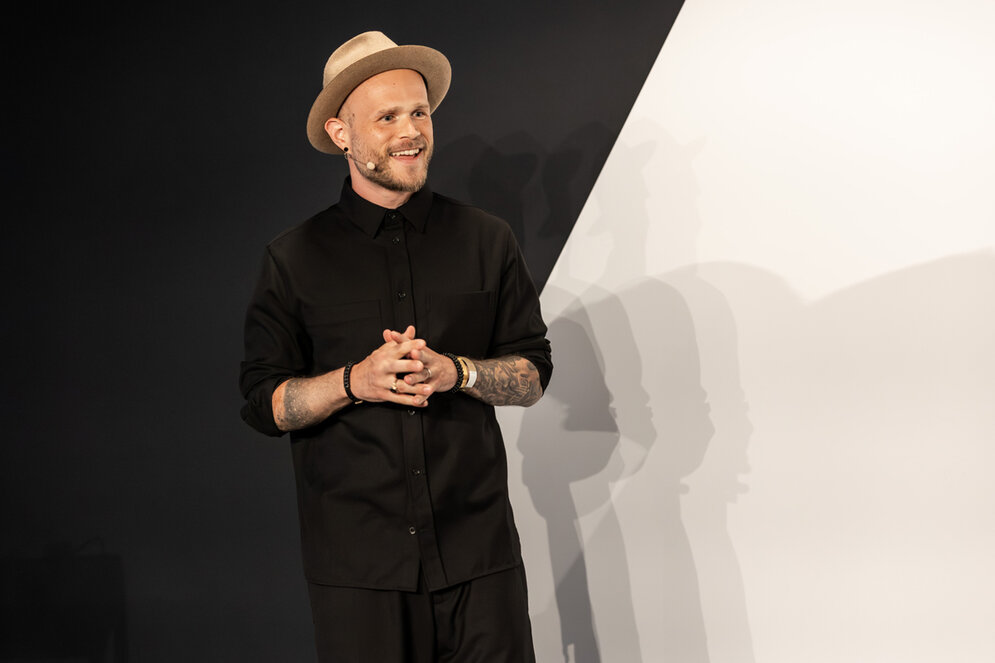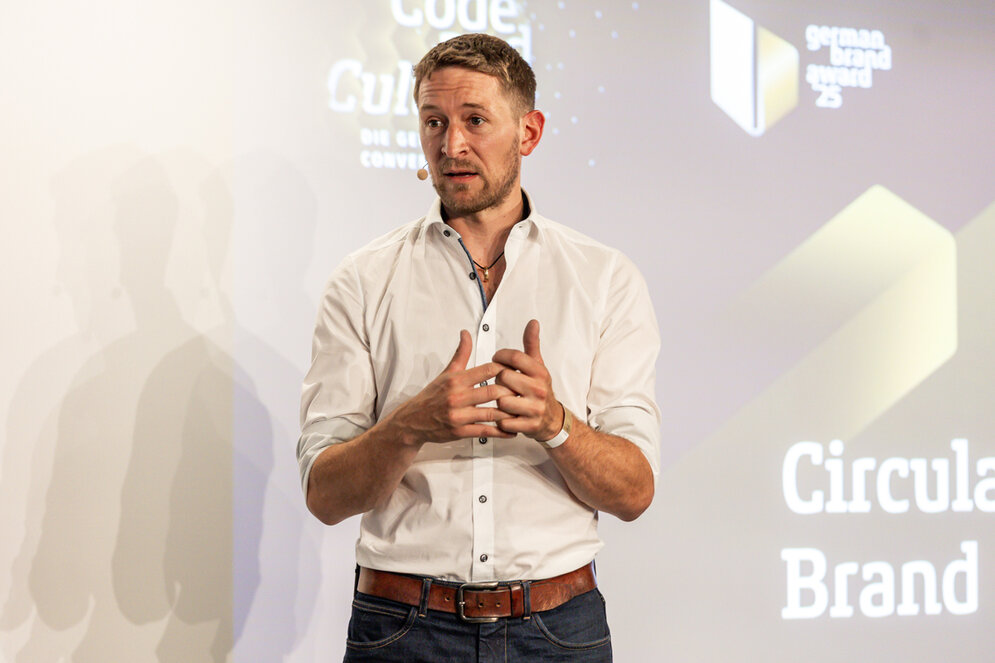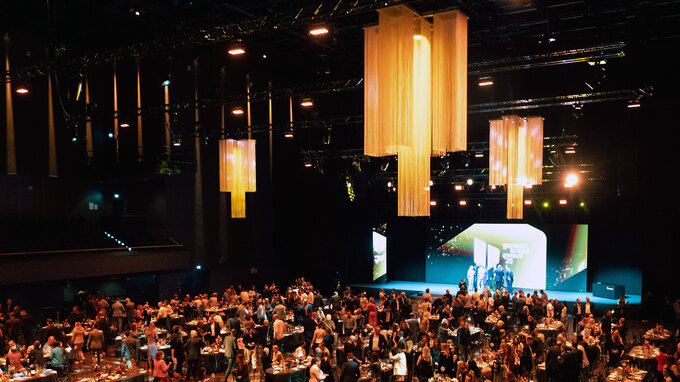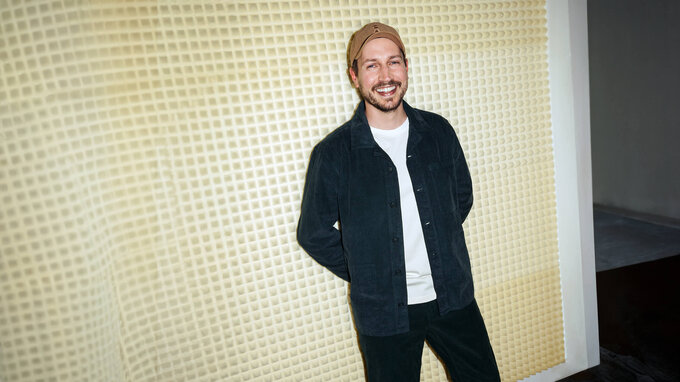From a Networking Event to a Branch Platform
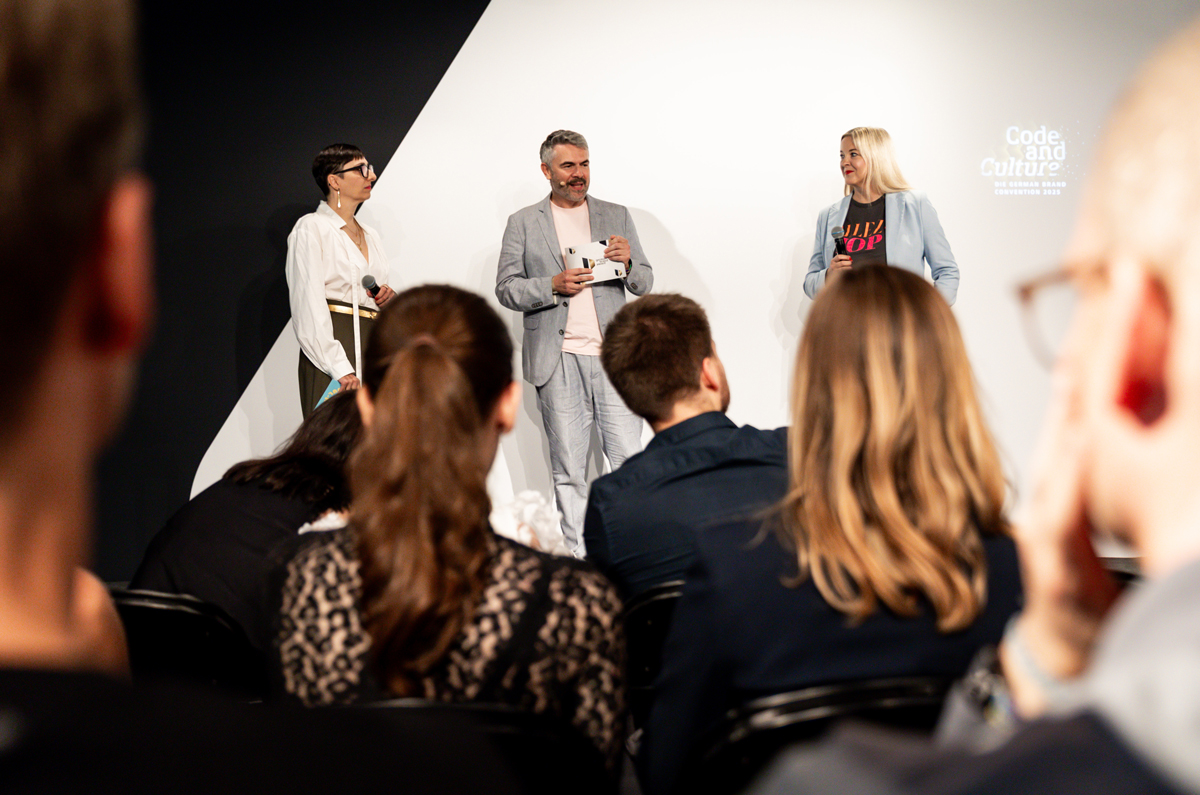
How AI changes the brand world
“Who here has already used AI today?” moderator Holger Volland asks the audience. Alongside Dr Frederike Fritsche (OTTO) and Svetlana Jackel (Kombinatrotweiss), the brandeins CEO discussed AI’s role in the world of branding during the panel The Age of AI Agents.
Fritsche acts as a transformation ambassador at OTTO. She sums up the topic’s ambiguity: “We’re not building AI for IT – we’re building it for customer dialogue, for marketing, and for HR,” she says. She works across departments to build bridges before fears about AI even arise.
“You can’t delegate responsibility”
But with use comes responsibility. To highlight how quickly AI-generated miscommunication can occur, Fritsche gives an example of personalised newsletters: “And then the subject line read: Only a real man wears a beard,” she recounts, emphasising that such mistakes are systemic. As a consequence, OTTO employs a second AI system to review all generated content for ethical and brand conformity. But what happens when an AI agent makes purchasing decisions on our behalf? Fritsche explains that relinquishing control could even strengthen brand loyalty: “The agent knows its users’ values – and the brands that matter to them.”
Svetlana Jackel offers a designer’s perspective: “Some clients bring us AI-generated visuals and say: Make this look good.” It’s a misconception that design becomes faster and cheaper with AI. “These systems can do a lot – but they can’t feel, they can’t respond intuitively, and they can’t negotiate.” Especially in brand aesthetics, subtlety is crucial: “A slightly rounder corner, a softer shadow – generative AI doesn’t understand that.”
“We are part of the change”
The discussion shifts from technology to mindset. “How is our understanding of creativity and relevance evolving?” Volland asks. Jackel responds: “When everything starts to look the same, authenticity becomes valuable again.” In a world of AI-generated aesthetics resembling stock photography, imperfection is needed. Design must redefine its role.
Fritsche adds a practical insight: “We’ve introduced 80% of our staff to the tools. But knowledge doesn’t mean application.” Only those who experience AI solving real problems will adopt it. “We are part of the change. And we have to learn not only to carry responsibility – but to shape it.”
Conclusion: AI is neither a panacea nor a threat in itself – it is a powerful tool. Its value lies in responsible use and active co-creation.
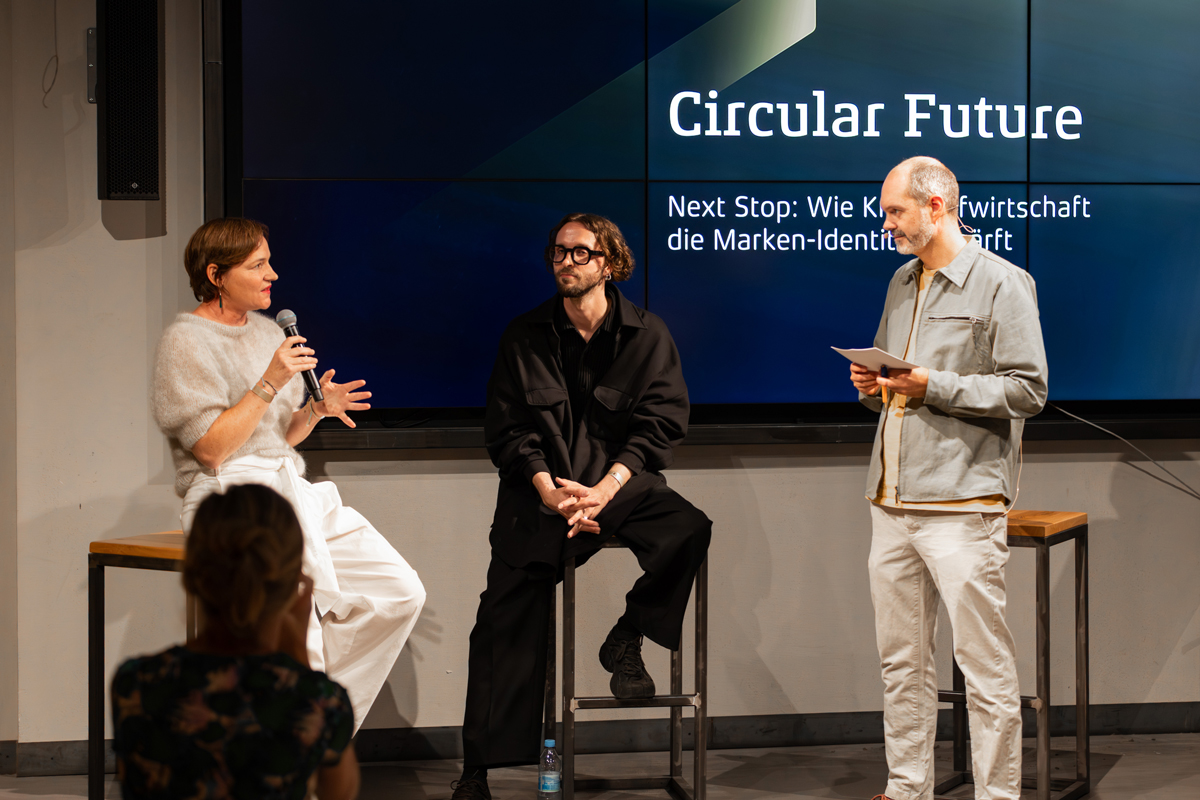
How Circular Economy redefines brand identity
In the panel Next Stop: Circular Future, host Dr Max Marwede, Anne Farken (Designworks, BMW Group), and Maximilian Mauracher (NEW STANDARD.STUDIO) discussing the role of the Circular Economy in brand management. They agree: successful circularity doesn’t start with products, but with a brand’s entire self-concept.
Maximilian Mauracher made it clear from the outset: “Many companies think they’re circular just because their packaging is recyclable. But that’s only the beginning.” True circularity starts with an honest assessment and the courage to realign business models.
Anne Farken agrees, emphasising: “In its most advanced form, Circular Economy isn’t a design trend – it’s a reconstruction of the entrepreneurial foundation.” Repair, buy-back, and modular design are no longer niche topics, but central to brand identity, “because they are based on genuine relationships with users,” Farken explains.
Design as a Strategic Interface
Design plays a key role in this transformation: “Design is the ability to make complexity visible,” says Farken. It makes processes tangible and connects brands, products, and return systems. Mauracher adds: “Design brings together people who normally wouldn’t talk to each other. That’s how real innovation emerges.”
No Transformation Without Trailblazers
Mauracher stresses that transformation is not linear: “Not everything can be solved immediately. But without a goal, there’s no direction.” Farken adds: “Many people are trained for efficiency and perfection – and now they’re expected to experiment.” This change requires an open, learning-oriented communication culture.
To ensure that consumers actively participate – returning, repairing, and reusing – the offering must be convincing. “Accessibility is key,” says Mauracher. “If circular solutions are more expensive, more complicated, or lower in quality, we lose people.” Farken adds: “Consumers don’t just buy products – they buy ideas and values.”
The Result: A New Self-Understanding.
“Not just for products – but for alternative forms of doing business,” says Mauracher. Those who take Circular Economy seriously not only gain credibility but ensure long-term relevance.
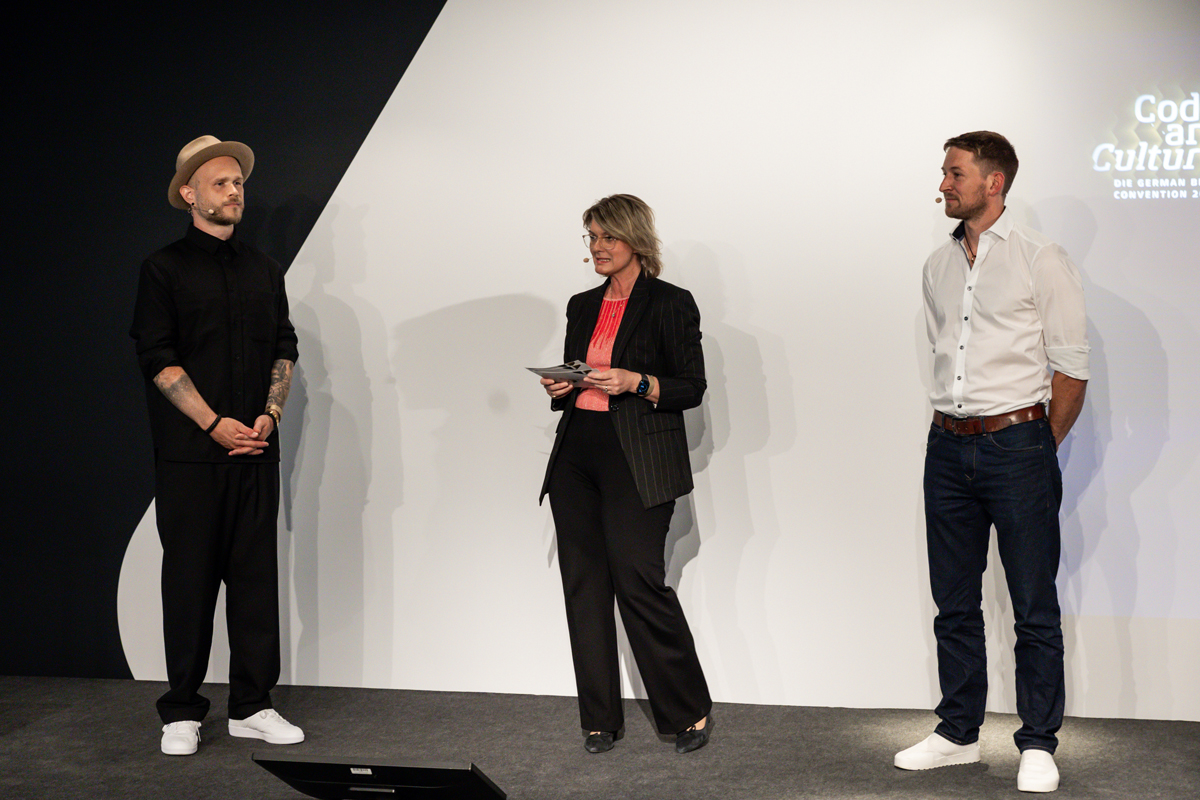
How Circular Business models make brands future-proof
The panel Circular Business and Brand made one thing clear: Brands that operate in a circular way don’t just conserve resources – they secure their future. Prof. Dr Simone Roth moderated the discussion with Dr Matthias Ballweg (CIRCULAR REPUBLIC) and Sven Schneider (Interstore/Schweitzer Project).
Ballweg states: “In ten years, every successful company will understand Circular Economy – not out of idealism, but because it makes business sense.” At Circular Republic, he develops projects that show how take-back systems, reuse, and smart material flows can increase margins and reduce dependencies. He describes it as an “economic shortcut to resilience.” Interstore is also pursuing this path: “We didn’t want a concept that’s sustainable only on paper – it had to pay off for retailers, customers, and the brand,” explains Sven Schneider. With modular store construction concepts for Edeka, his team demonstrates how economic transformation, design quality, and resource conservation can work in tandem. Sustainability isn’t just communicated – it’s made tangible.
An Effective and Credible Alternative to Greenwashing
What defines success in a circular system? “Economic success – with far-reaching effects,” says Ballweg. Circularity is measurable, and therefore credible – a true alternative to greenwashing.
But misguided expectations are dangerous: “Anyone who thinks this can happen without investment or conflict will be disappointed.” Those who take the risk, however, are rewarded – with customer loyalty, brand identity, and entrepreneurial independence.
Circularity Becomes the Standard
Due to industrial policy, the EU is increasingly pressuring manufacturers to adopt circular solutions. “Europe wants to become more independent. And Circular Economy is the tool to achieve it.” Investors are already responding: One third of global circular investment flows into Europe. For brands, this means: circularity is no longer a differentiator – it’s becoming mandatory. Schneider puts it bluntly: “We have to rethink materials and systems – because there are simply no better solutions.”
The Message: Circular Branding is not an option – it’s the foundation for future viability and brand relevance.

